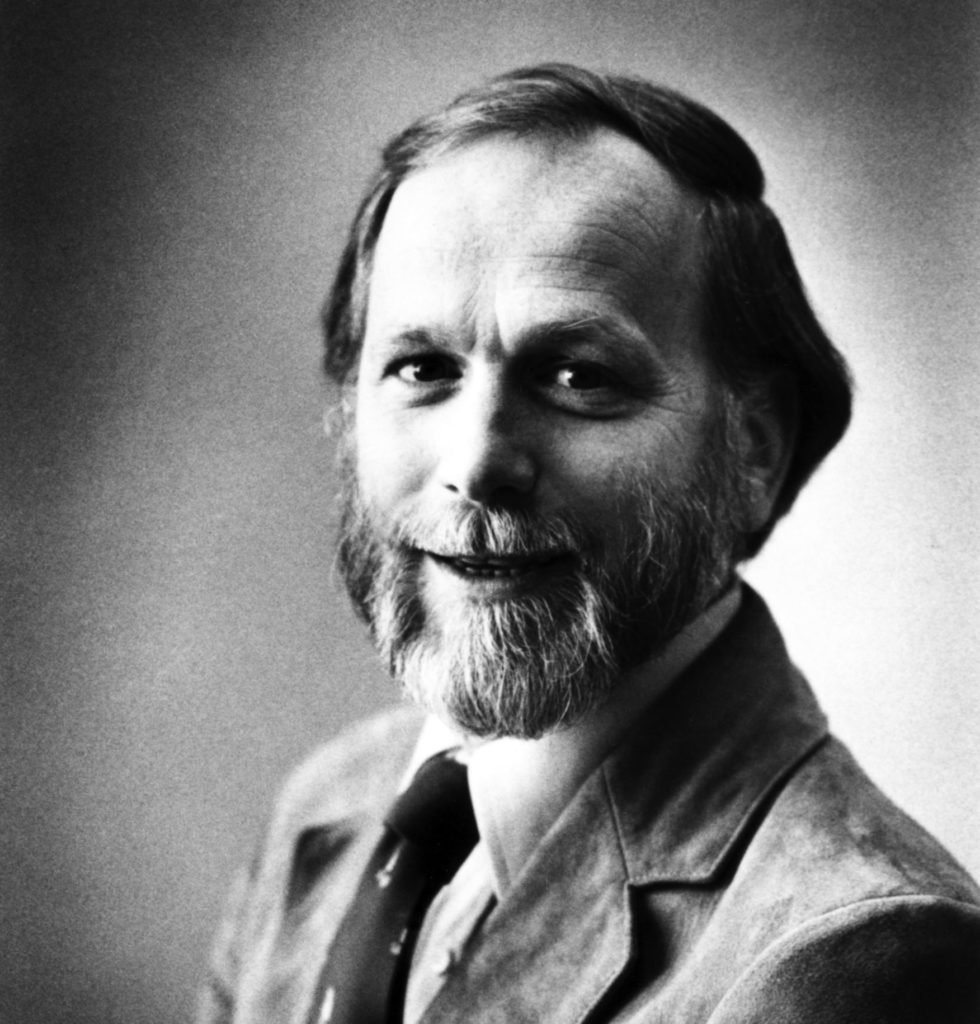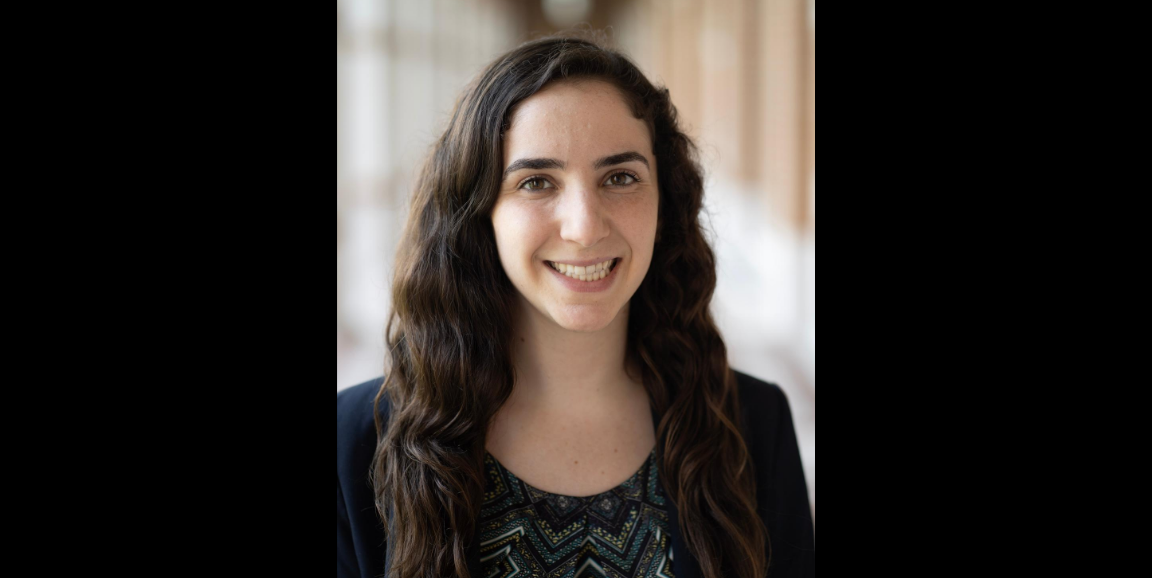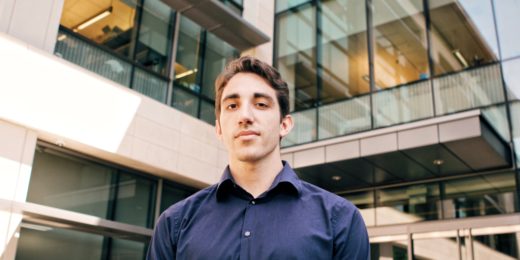Editor's update: Emily Ashkin is featured in a podcast from The Lasker Foundation.
My legs were starting to ache from standing by my research poster for nearly ten hours. At 15, I was anxiously awaiting the possibility to speak to my biggest role model, J. Michael Bishop, MD.
I'd heard rumors from other students who had previously participated in the International Science and Engineering Fair (ISEF) that the Nobel Laureate walks around from poster to poster to speak with students during the Public Showcase Day. However, they said he usually only goes up to posters of students who scored highest the previous day of judging.
I did not believe that I had done well during the judging sessions, and was disheartened at the thought that I might not have the opportunity to meet my scientific hero.
I first learned Dr. Bishop's story at the age of 11. This was around the same time a family member was diagnosed with cancer, and I had made it my life goal to study the disease.
However, I had no means to pursue a career in science. As a Latina, with neither of my parents as scientists, I had no one to pave a path for me to follow.
Contributions that extend beyond science
With encouragement from my mom's doctors, I started learning the basics and foundations of cancer biology. And that was where I came across Dr. Bishop's paradigm-shifting scientific discoveries. Very quickly, I learned that Dr. Bishop's contributions to science extended far beyond his discoveries in the lab. Every year, Dr. Bishop serves as a mentor and speaks as part of a panel at the ISEF poster session.

He speaks about his childhood and how he had hardly been exposed to science. Throughout his college education, he never imagined himself as a scientist. He had even been denied entry into countless labs due to a lack of prior experience. He had an ambition to become a scientist, but lacked the guidance to visualize his future career. Over time, he developed relationships with mentors who believed in him. More importantly, he learned how to believe in himself.
I found inspiration in Dr. Bishop's goal of becoming a scientist and his willingness to be open and vulnerable -- he often gave talks about experiencing self-doubt. Dr. Bishop is a role model for anyone who -- like me -- comes from an unconventional background, inspiring us to persevere and work through self-doubt to pursue a career in science.
Talking with my hero
After learning Dr. Bishop's story, I realized that there is no exact mold that dictates the development of a scientist, and I became more determined to continue studying cancer biology. I also became determined to keep sharing his message with the generations of scientists who will follow me.
All of this weighed heavily on my mind as I looked up and realized that Dr. Bishop was inches away from the aisle of posters nearest to mine. I ran up to my hero and asked him to come to my poster even if I wasn't on his list. He was kind enough to spend almost an hour with me, discussing my research and ultimately my goal to pursue a PhD.
I conveyed to him my self-doubt, given my background, and how learning about his story of discovering that science was right for him gave me direction.
Dr. Bishop looked me in the eyes and made it clear to me that my background was a strength, something that I hold onto to this day.
Continuing to draw inspiration
I continue to draw inspiration from him throughout my scientific journey, especially when I face obstacles, such as difficult classes or failed experiments.
Seven years after meeting Dr. Bishop, I have the privilege of pursuing a PhD in cancer biology, and my path continues to mirror his. I find guidance in how he handled the uncertainty he faced, but also the value he places on mentoring young minds.
I am devoting my graduate and scientific career to mentoring students from underrepresented backgrounds through teaching, guiding them through their own research projects, and openly sharing my own story, just as Dr. Bishop has.
I aspire to keep paving new paths and to become a role model to other young minds. I want to inspire them to turn to science and critical thinking to solve problems affecting themselves, their families and their communities.
This piece, originally in a longer form, was among 11 winners of the 2020 Lasker Essay Contest, which recognizes writing by young scientists from around the world. It first appeared on Scope in the summer of 2020.
Emily Ashkin is a PhD candidate in the lab of Monte Winslow, PhD, and part of Stanford Medicine's Cancer Biology Program. Emily has a strong passion for inclusivity in science and science communication. Feel free to communicate at elashkin@stanford.edu.
Top photo courtesy of Emily Ashkin. Photo of Bishop by General Motors Cancer Research Foundation.





